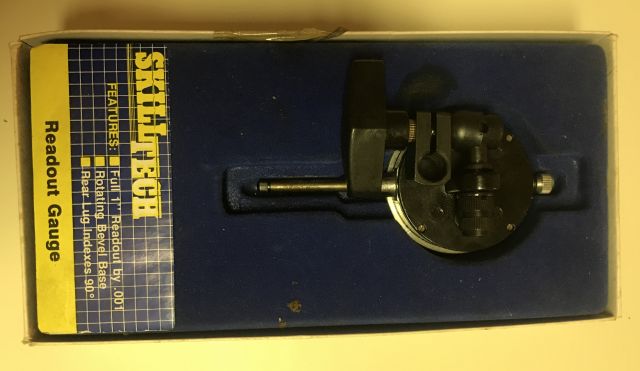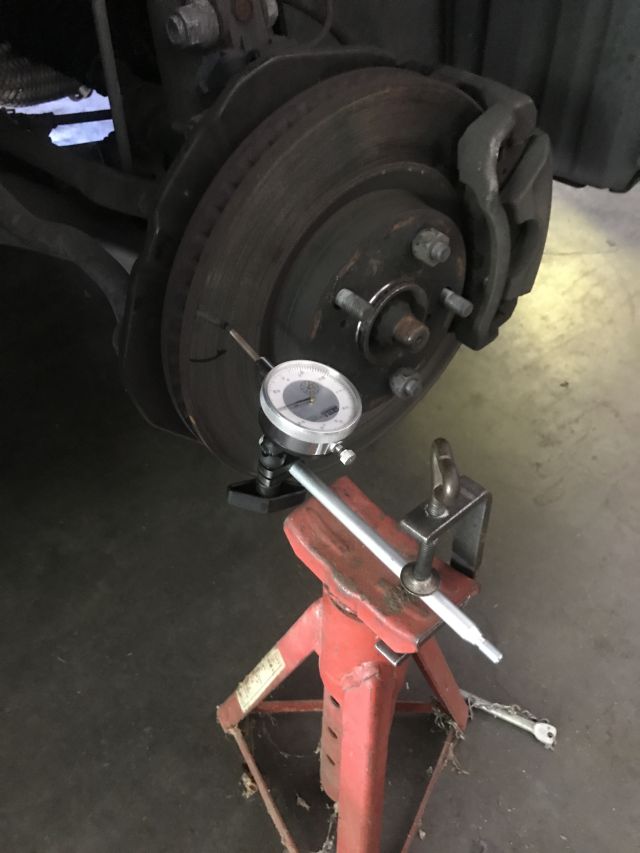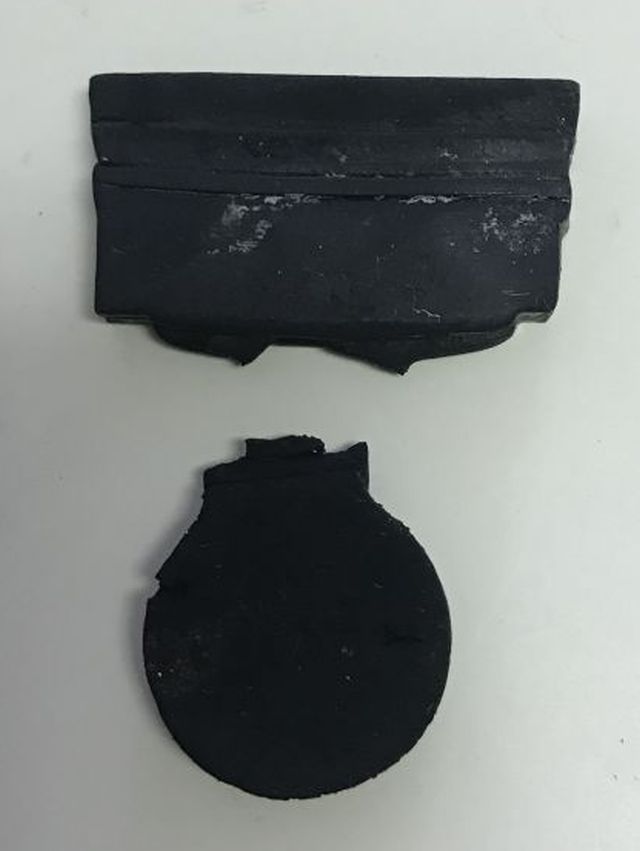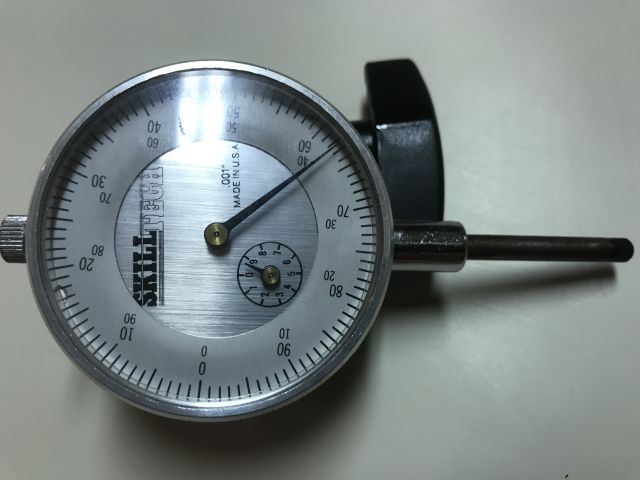When not using the truck to transport materials, I use M’s 2007 Camry which now has 155k miles. It is more comfortable and uses less gas. Apart from regular maintenance it has required little extra expenditures – new front rotors @ 98k; new upper engine mount @ 138k; new alternator @141k.
But for some time brake vibration has been an issue- the brake pedal pulsates and the steering wheel shakes when I forcefully apply the brakes. Because the steering wheel shakes this indicates the problem is the front rotors and I had replaced both rotors at 98k. I decided that rather than again replace both rotors (new ones cost about $25 each), I would identify which was the problem and try determine why this was re-occurring.
The brake rotor, also known as the disc, (therefore the term “disc brakes”), is mounted just inside the wheel and rotates with the wheel. The rotor rotates between 2 brake pads held in place by a caliper and braking occurs when the piston in the caliper applies pressure to one of the pads. Since the caliper can move laterally (but not with the rotation of the rotor) the pressure is effectively applied evenly to both pads, which engage the rotor and slow its rotation and vehicle movement. The vibration occurs because there is variation in the face of the rotor on one or both of its sides. This is called runout and for lighter vehicles such as the Camry, runout should not exceed a few thousandths of an inch.
I have a read out gauge -see above and below pictures.

The setup (after some experimentation) is simple – I found a rod to which the gauge could attach, and I secured the rod with a clamp to an axle stand.

I ensured the vehicle was safely and securely supported by an axle stand in addition to the car jack. The left rotor had no runout, which means I rotated the rotor 360 degrees and the gauge needle did not move by even a thousandth of an inch. However, the front right rotor had 4/1000″ run out. Instead of ordering a $25 rotor I splurged and ordered a $40 replacement rotor. And I removed, cleaned and greased the two caliper pins on each caliper which enable the caliper to move and center on the rotor – perhaps this is the reason why one rotor went bad – too much heating from a recalcitrant caliper.
The new rotor arrived, I installed it and the brakes are now fine.
Dishwasher machine fix
Some time ago M. informed me the dishwasher was not fully draining. Since it appeared to be otherwise ok, I ignored the issue. Then M. told me there were particles on the plates. New machine or fix the old?
Youtube has excellent videos for working on the Kenmore Elite dishwasher (model 665), which were easy to follow. Remember to first disconnect power at the breaker panel/distribution board. I used a shop vacuum to suck out the water in the sump so I could locate and remove the sump parts. I removed the detergent gunk and, following the video, located and removed the sump check valve. Except it was broken – the top half came out easily, the bottom half took a lot of fishing to locate and retrieve.

I ordered a new part (cost $14 before taxes) and installed and the old dishwasher now works ok. I believe that over time water in the sump which was not pumped out, deposited detergent sludge and so enabled the build up which became troublesome.

